Swine as Models in Biomedical Research and Toxicology Testing
Swine are considered to be one of the major animal species used in translational research, surgical models, and procedural training and are increasingly being used as an alternative to the dog or monkey as the choice of nonrodent species in preclinical toxicologic testing of pharmaceuticals.
There are unique advantages to the use of swine in this setting given that they share with humans similar anatomic and physiologic characteristics involving the cardiovascular, urinary, integumentary, and digestive systems. However, the investigator needs to be familiar with important anatomic, histopathologic, and clinicopathologic features of the laboratory pig and minipig in order to put background lesions or xenobiotically induced toxicologic changes in their proper perspective and also needs to consider specific anatomic differences when using the pig as a surgical model.
Ethical considerations, as well as the existence of significant amounts of background data, from a regulatory perspective, provide further support for the use of this species in experimental or pharmaceutical research studies. It is likely that pigs and minipigs will become an increasingly important animal model for research and pharmaceutical development applications.
Swine are considered one of the major animal species used in translational research and are increasingly being used as an alternative to the dog or monkey as the nonrodent species of choice in preclinical toxicologic testing of pharmaceuticals. Over the last 20 years, swine have also replaced dogs as the general surgical model in the international arena for both training and research. Textbooks, article, and proceedings detailing a large number of models and technical procedures for using swine in the laboratory are available.
There is a large body of literature covering the normal anatomy and physiology of the species, and pathology descriptions related to infectious or degenerative diseases in swine under agricultural conditions are also available.
However, descriptions of macroscopic or microscopic background lesions in research pigs in the laboratory setting or toxicologic pathology descriptions in minipigs have been reported only rarely.This article provides an overview of the common uses of miniature and domestic swine in research and toxicology testing and provides a review of the anatomic and histopathologic characteristics peculiar to this important animal model. The rationale for the use of pigs, and particularly minipigs, as an increasingly common alternative choice of nonrodent species in regulatory toxicology studies is discussed.
Authors: M. M. Swindle, A. Makin, A. J. Herron, F. J. Clubb, Jr, K. S. Frazier
Source: https://journals.sagepub.com/



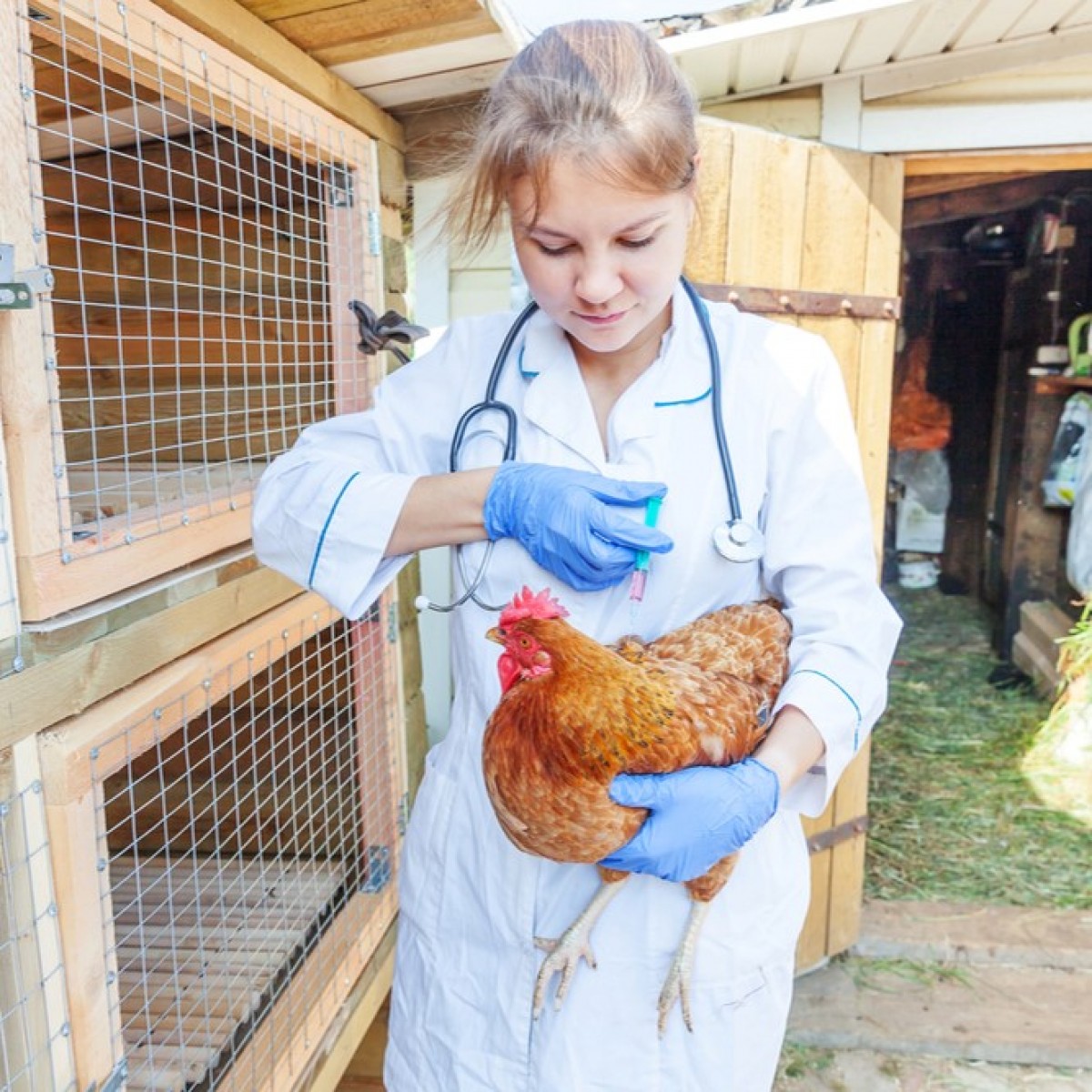
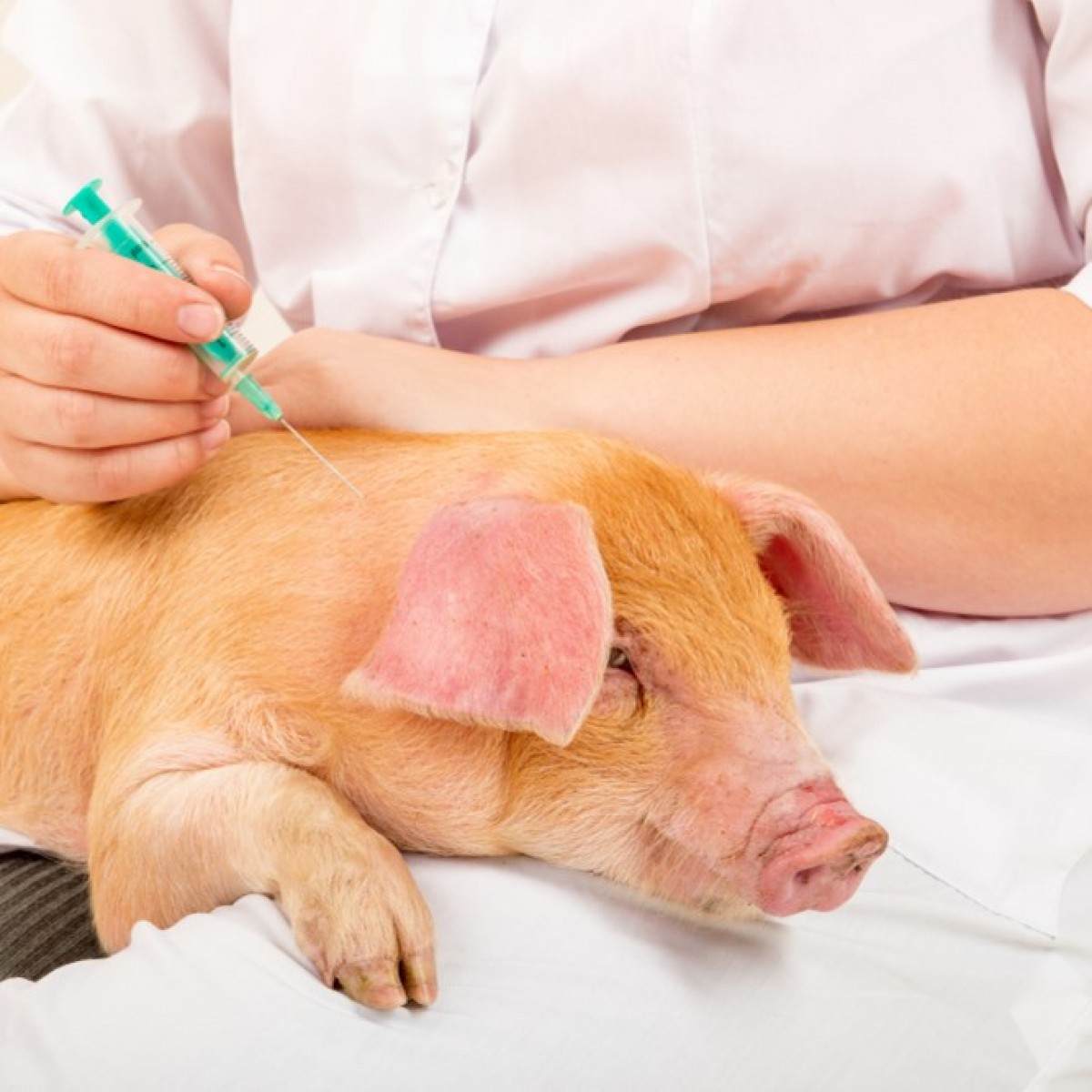
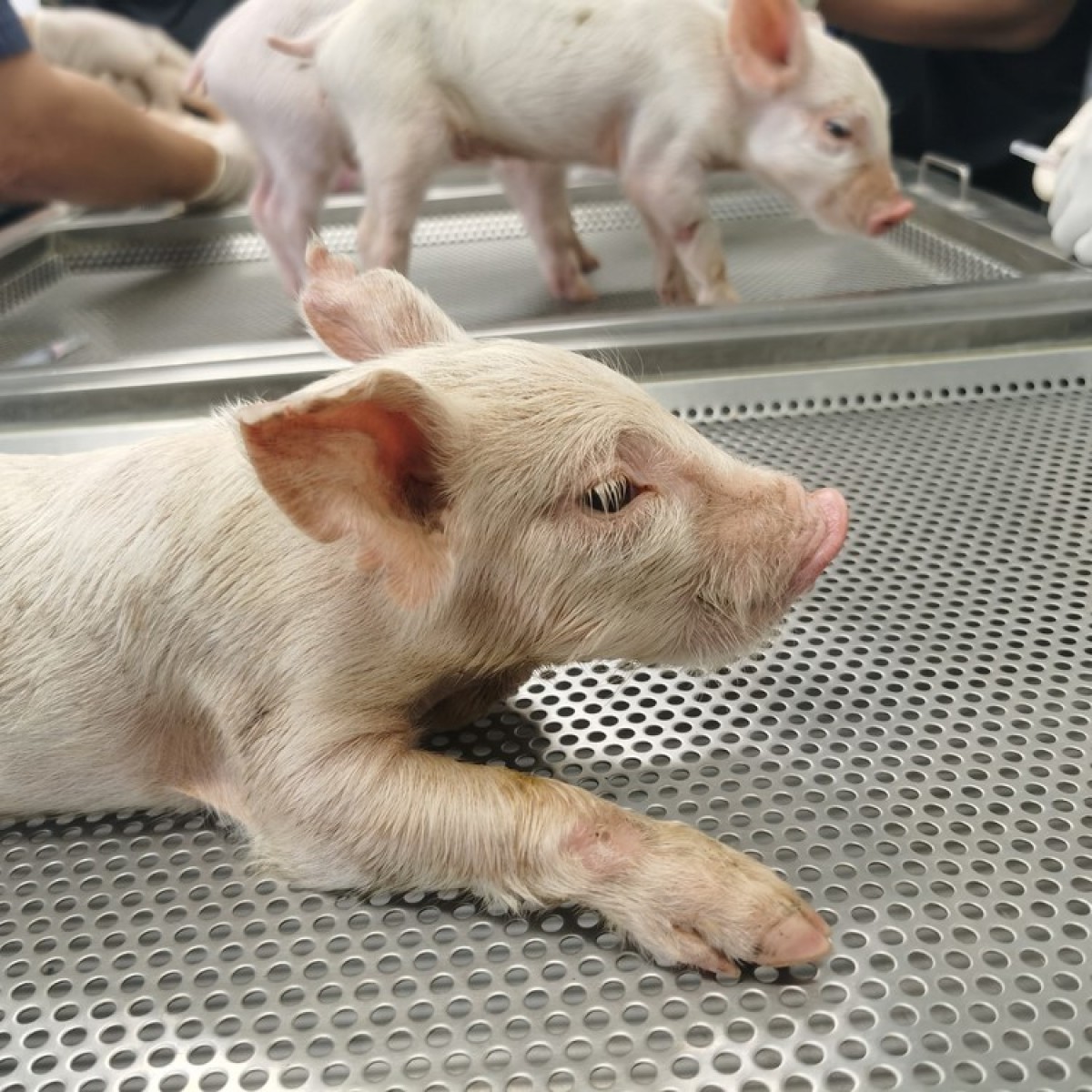
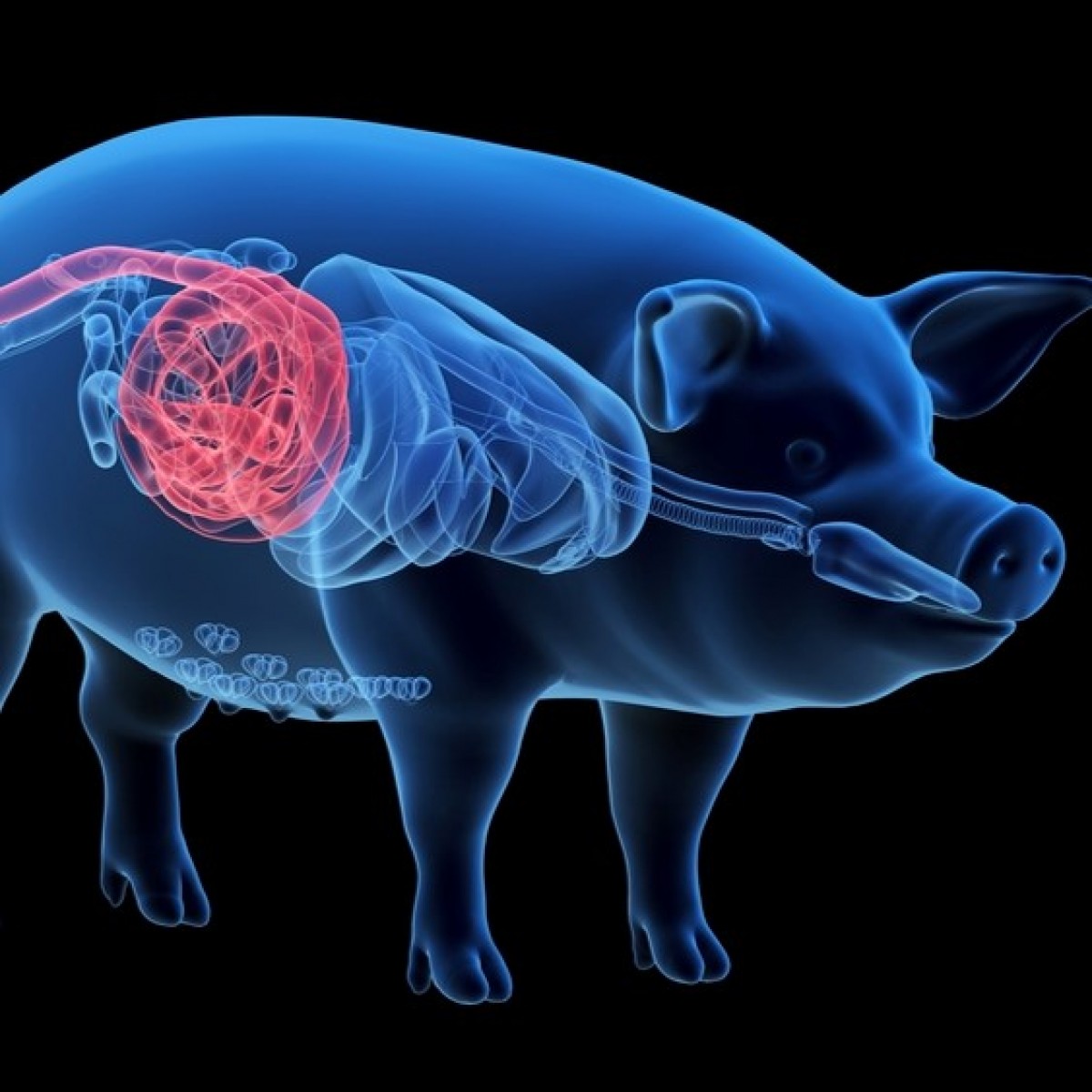

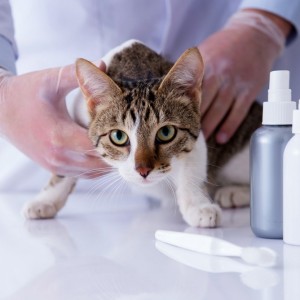
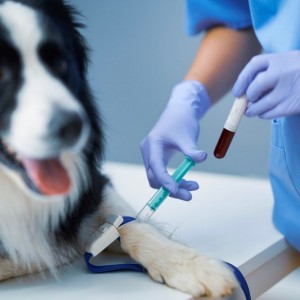



List
Add
Please enter a comment